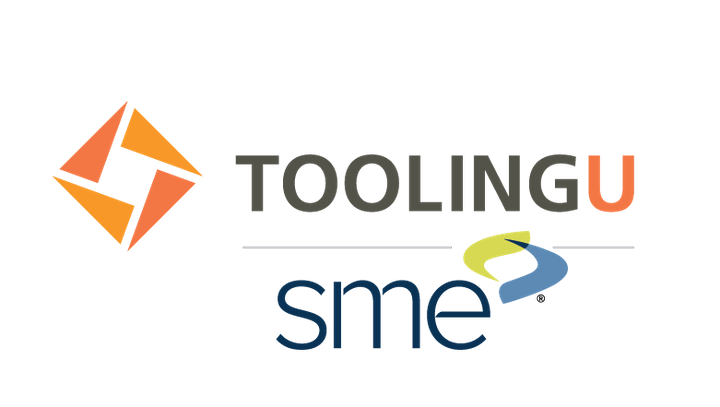The class “Introduction to Assembly” provides an overview of the processes and methods used to assemble components into finished parts on assembly lines - which may be manual, automated, or a combination of both. The three main assembly methods are mechanical fastening, adhesive bonding, and welding. Mechanical fastening uses fasteners to join components. Fasteners can join dissimilar materials, are inexpensive, and allow for disassembly. Adhesive bonding uses materials such as gels, liquids, or tapes to form a joint. Welding uses pressure, heat, or a combination of energy sources to create a very strong, permanent joint. These methods are sometimes used together. Understanding the differences between different assembly methods prepares users to learn about the more detailed and complex aspects of each method.
Course Objectives:
- Describe common assembly methods
- Describe an assembly site
- Describe manual assembly lines
- Describe automated assembly lines
- Describe common automated assembly systems
- Describe mechanical fastening
- Describe common tools used for mechanical fastening
- Describe the advantages and disadvantages of mechanical fastening
- Describe adhesive bonding
- Describe the advantages and disadvantages of adhesive bonding
- Describe welding
- Describe the advantages and disadvantages of welding.
Recommended Background
- Recommended for personnel working on the assembly line of a plant.
Course ID
TU145
Skill Focus
Beginner
Instructor(s)
Tooling U - SME
Employee Type
New Applicants, Operations teams, 1st level supervisor
Method of Delivery
Online
Estimated Effort
1.5 hrs
Cost
Contact for Price
Contact ToolingU for Course Program Details.
 Tooling U - SME
Tooling U - SME